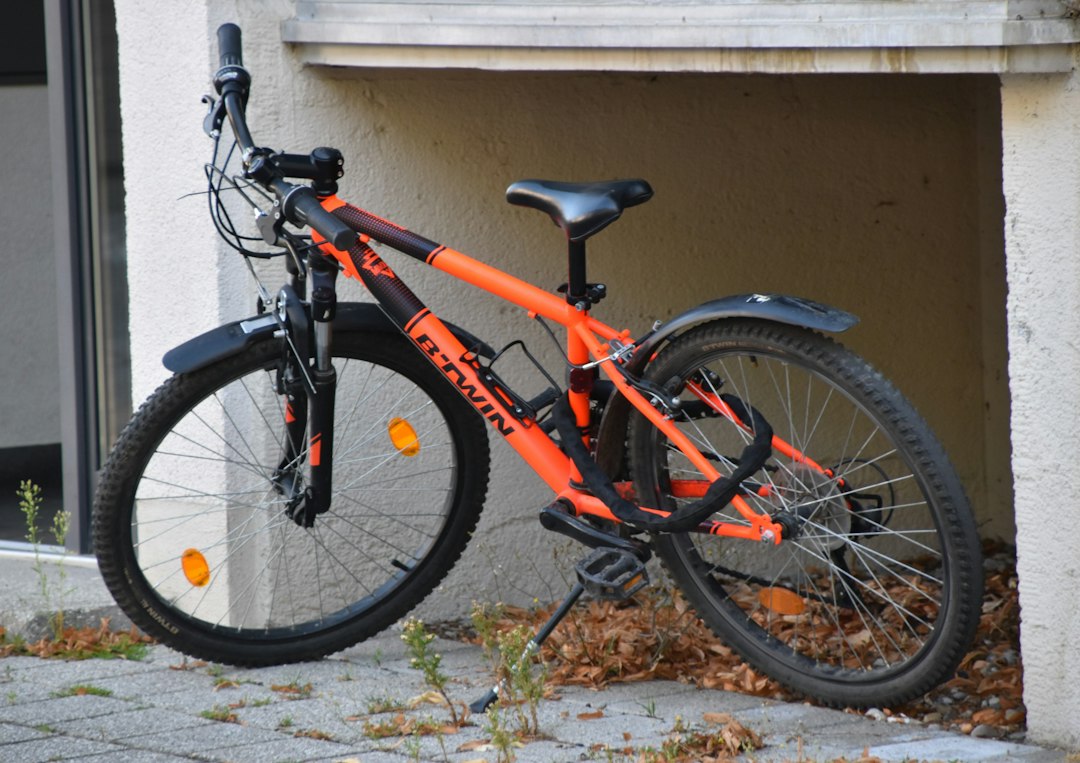The Future of Flying Cars: Are They Really Coming?
For decades, the concept of flying cars has mesmerized humanity, featured in countless science fiction movies and novels, sparking our imagination about a future where we can zoom through the skies like birds. Yet, despite the technological advancements of recent years, the question remains: are flying cars really coming?
The idea of vertical takeoff and landing (VTOL) vehicles has been floating around for years, but only recently has it become a serious pursuit. Companies like Uber, Boeing, and Airbus are investing heavily in the development of flying cars, infusing hope into the idea that we may soon witness a revolution in transportation. However, there are several factors that need to be considered before we can declare the era of flying cars has arrived.
One of the primary challenges that must be overcome is the issue of safety. Flying cars inherently involve a higher level of risk compared to traditional automobiles. With multiple vehicles navigating through the airspace simultaneously, the risks of mid-air collisions and technical failures are significant. Furthermore, flying cars would require new regulations and air traffic management systems to ensure the safety of both passengers and the general public. Without the development of adequate regulations, the integration of flying cars into our society would be an arduous task.
Another aspect to consider is the infrastructure required for flying cars. Unlike traditional automobiles, flying cars would need landing pads or designated airports to take off and land, making it essential to build an entire infrastructure from scratch. The investment required for such infrastructure is substantial and would require collaboration between governments, private companies, and various stakeholders. Without a substantial commitment to infrastructure development, the dream of flying cars may remain grounded.
Cost is another factor that plays an influential role in the viability of flying cars. As with any groundbreaking innovation, the initial cost of purchasing a flying car would be exorbitant. However, the hope is that, over time, advancements in technology and increased competition would bring the price down and make it more accessible to the general public. Additionally, the cost of training and licensing pilots or operators of flying cars would need to be factored into the equation. Without a sustainable business model that combines affordability with profitability, the widespread adoption of flying cars may never materialize.
While these obstacles seem daunting, there have been significant strides towards the realization of flying cars in recent years. Several prototypes have been developed and tested, with successful flights recorded. The advancements in electric and autonomous technology have also accelerated the progress of flying cars, making them a more realistic prospect. Investments from companies such as Uber, which plans to launch its flying taxi service, Uber Air, by 2023, demonstrate the determination to overcome challenges and bring the future of flying cars to fruition.
In addition to the technological and logistical obstacles, societal acceptance and cultural changes must also be taken into account. The idea of flying cars being a common mode of transportation could change our cities’ landscapes forever. Traditional roadways would need to be redesigned, parking spaces would be replaced with landing pads, and urban planning would have to adapt to accommodate this new mode of transport. Furthermore, concerns about noise pollution and the impact on aviation regulations need to be addressed. Societal acceptance and adaptation to these changes may take time, but the concept of flying cars does offer the potential to revolutionize urban mobility.
In conclusion, while flying cars may still seem like a distant dream, significant progress has been made to bring them closer to reality. Safety, infrastructure, cost, and societal acceptance are all hurdles that need to be overcome. However, with growing investments and advancements in technology, the future of flying cars could be nearer than we might think. The road ahead may still be long and challenging, but the day when we will finally soar through the skies in our personal flying cars could be within reach.


